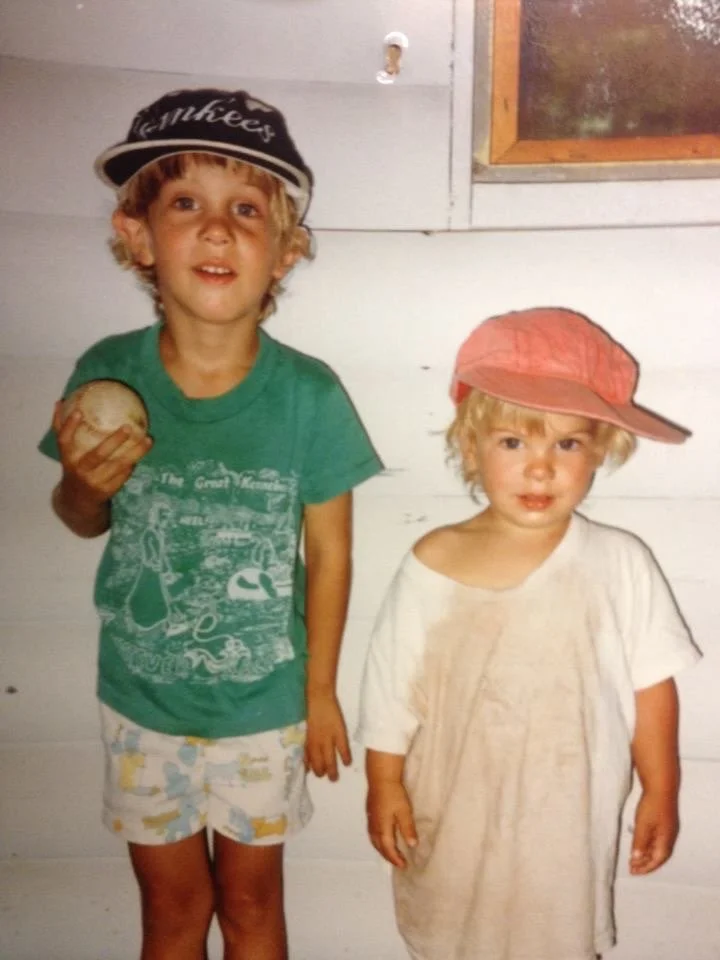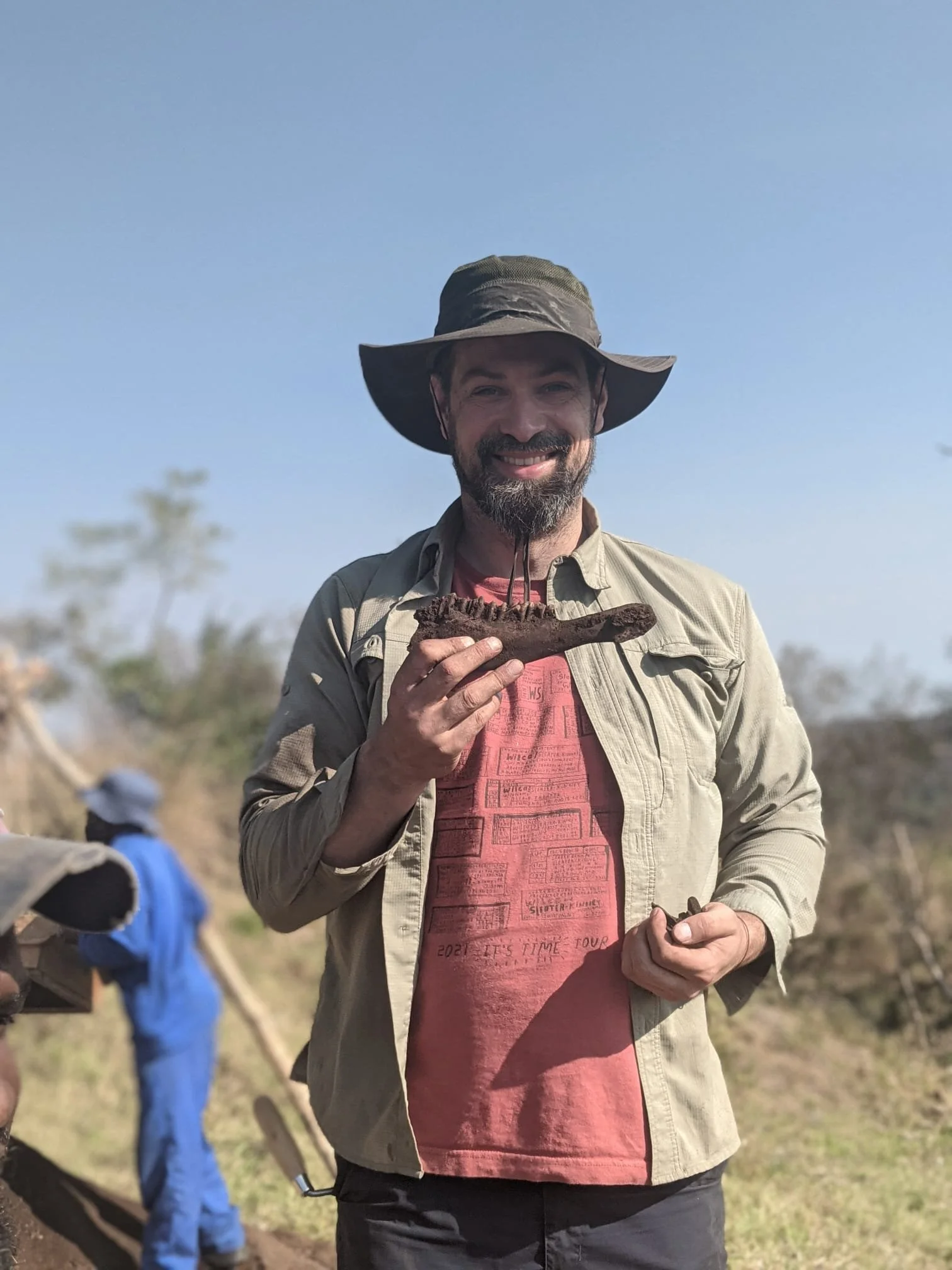My brother and I in South Gardiner, Maine
About Me
Growing up in rural Maine, I spent most of my childhood in the woods with my brother catching (and releasing) frogs, turtles, and snakes. As an adult, I’ve continued this tradition of searching for hidden stories in the world around me. Just now I find them by digging up animal bones that ancient people left behind.
My lifelong drive to uncover secrets eventually led me to archaeology as an undergraduate at the University of Southern Maine. There, I discovered zooarchaeology, or the study of animal bones from archaeological sites. The field’s unique blend of detective work, evolutionary theory, and cross-cultural thinking immediately caught me. Later, when it came time to choose a research focus, Africa felt like the natural choice. Not only was it the continent where our species first evolved, but Africa also preserved the richest archaeological record on Earth and was home to some of the world's most remarkable wildlife.
My undergraduate research on Great Zimbabwe National Monument revealed how archaeological interpretations can shape (and be shaped by) contemporary social and political debates. Realizing how the past plays an active role in the present transformed my understanding of archaeology's importance and cemented my commitment to the field.
During my PhD at Washington University in St. Louis (2014-2020), I analyzed over 130,000 bones from a 26,000-year-old rock shelter in Somalia and co-directed pioneering fieldwork along Lake Victoria's shores in Uganda. Alongside this research, teaching courses on topics from climate change to human evolution challenged me to communicate complex scientific concepts to diverse audiences—a goal I continue to work toward today.
Excavating at Great Zimbabwe
Since joining Oxford's School of Archaeology in 2021, my research has focused primarily on Great Zimbabwe where I’ve worked to help decolonize interpretations of the ancient city. As part of the ERC-funded New Bantu Mosaics project, I'm now expanding this work across southern Africa to understand how the spread of farming transformed local cultures and environments over the last 2,000 years.
My ongoing collaborations span multiple countries and time periods—from the Pleistocene to the late Colonial Period—but all share a common thread: using human-animal relationships to understand how societies navigated environmental and social challenges in prehistory. But this research isn't just about the past, it also provides frameworks for addressing ongoing concerns related to climate change, food security, and biodiversity conservation.
When I'm not studying old bones or excavating archaeological sites, you'll likely find me exploring the winding stone pathways and green spaces around Oxford, always on the lookout for something I hadn’t noticed before.

